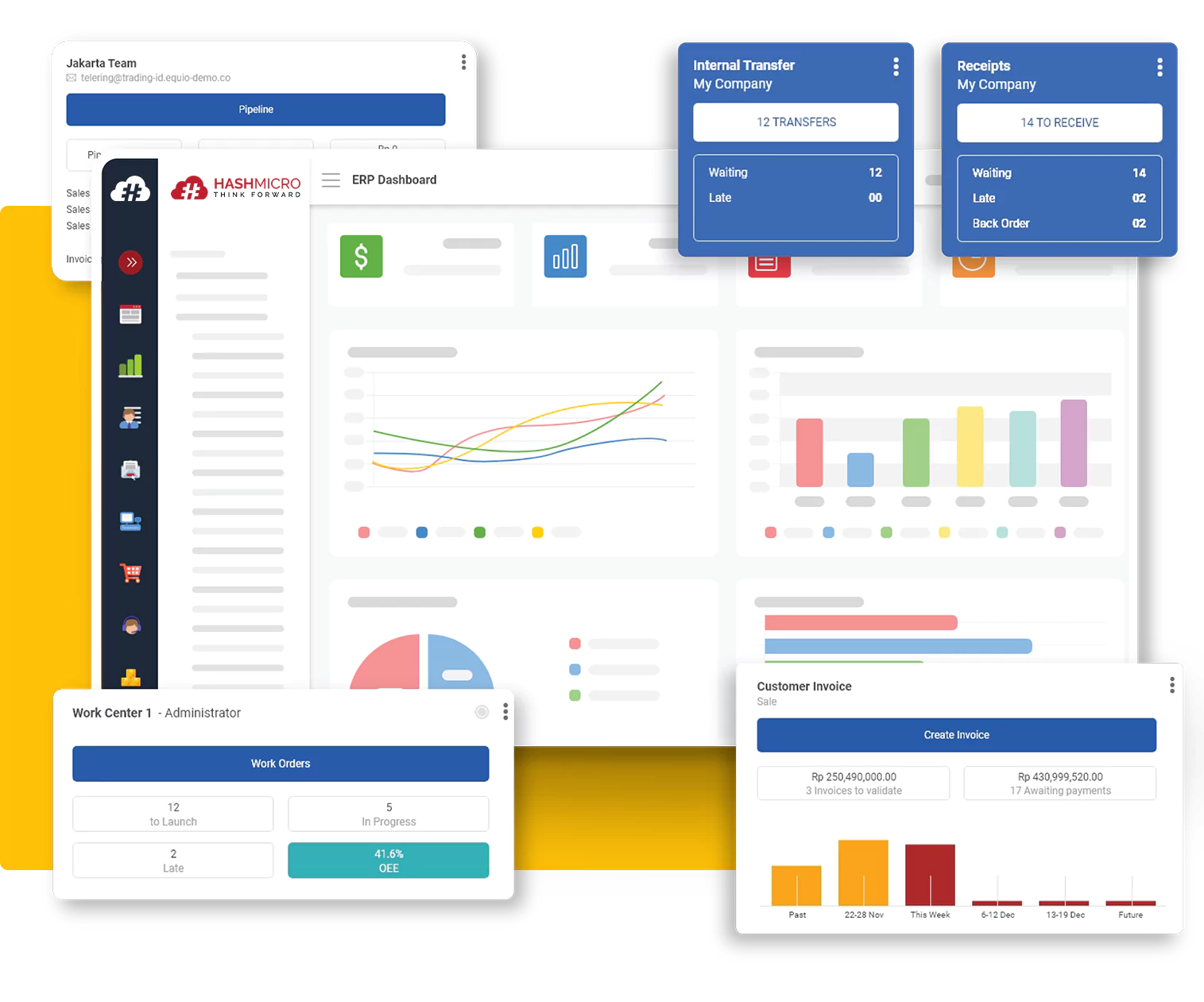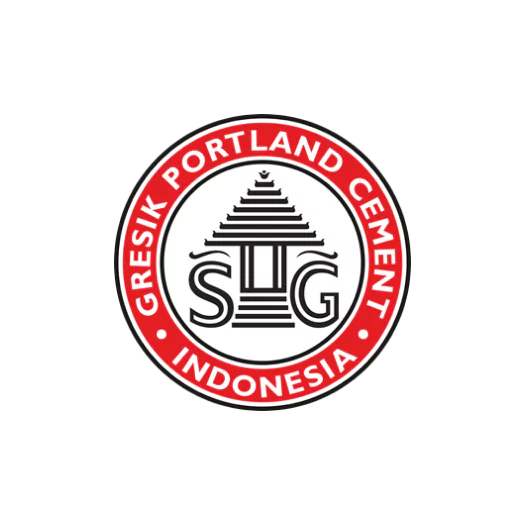In my experience, achieving product excellence in manufacturing requires a deep understanding of core material processes. For industries reliant on rubber, latex compounding often presents challenges in consistency and quality control.
Without precise control, these issues can lead to defects and increased costs, impacting our bottom line. Implementing a robust manufacturing software is a key solution to mastering the complexities of latex compounding.
This comprehensive guide will explore every facet of the process, from ingredients to technology. By understanding these elements, we can unlock new levels of efficiency and innovation.
Key Takeaways
|

What is Latex Compounding?
Latex compounding is a fundamental process that transforms raw natural or synthetic latex into a ready-to-use material. It involves mixing liquid latex with various chemical additives in a precise formulation.
The primary goal is to engineer specific material properties like strength, elasticity, and durability. This ensures each product batch meets strict and consistent quality standards for commercial use.
The Differences Between Natural vs. Synthetic Latex Compounding
While the goal is to enhance material properties, the approaches for natural and synthetic latex differ due to their chemical origins. Understanding these differences is crucial for optimizing formulations and controlling quality.
| Feature | Natural Latex Compounding | Synthetic Latex Compounding |
|---|---|---|
| Origin | Extracted from the Hevea brasiliensis rubber tree, an organic source. | Produced from petroleum derivatives through polymerization. |
| Primary Focus | Enhancing durability, stability, and standardizing properties due to raw material variability. | Refining specific, pre-designed properties like oil or abrasion resistance. |
| Typical Additives | Requires potent antioxidants and antimicrobial agents to protect against degradation. | Uses special plasticizers for flexibility or functional additives for technical applications. |
Key Chemical Ingredients in the Latex Compounding Process
The success of latex compounding depends on the precise selection and proportion of chemical additives, known as the formulation. Each component has a specific function that contributes to the final material’s performance.
- Vulcanizing agents
These agents, like sulfur, create cross-links between rubber polymer chains to provide strength and elasticity. This process, defined by the American Chemical Society, ensures mechanical durability. - Accelerators
Accelerators increase the rate of the vulcanization reaction, allowing it to occur faster and at lower temperatures. This improves production efficiency and enhances the final product’s physical properties. - Activators
Activators, such as zinc oxide, work with accelerators to optimize the vulcanization process’s efficiency. They ensure the reaction proceeds consistently for a uniform cure and predictable performance. - Antioxidants and antiozonants
These protective additives slow the material’s degradation from exposure to oxygen, heat, and UV light. They chemically interfere with oxidative reactions to extend the product’s service life. - Fillers
Fillers like carbon black enhance mechanical strength, while others like calcium carbonate reduce production costs. They also modify properties such as hardness and abrasion resistance. - Stabilizers and thickeners
Stabilizers keep rubber particles evenly dispersed to prevent premature coagulation during mixing. Thickeners adjust the compound’s viscosity for specific processing methods like dipping or coating.
A Step-by-Step Guide to the Latex Compounding Process
The latex compounding process follows a series of structured stages that require strict control to ensure consistency. Each step plays a critical role in determining the final compound’s quality and performance.
- Material preparation and weighing
This initial stage involves weighing or measuring every chemical with high precision using calibrated equipment. Accuracy here is paramount as it sets the foundation for the entire batch. - Dispersion process
Solid chemicals insoluble in water are dispersed in an aqueous medium using a mill to form a stable suspension. This prevents clumping and ensures uniform distribution in the final compound. - Mixing
The prepared chemical dispersions are gradually added to the raw latex while being stirred continuously. This step homogenously distributes all additives throughout the latex volume. - Maturation/Pre-vulcanization
The mixed compound is left in a storage tank for a specific period to allow for initial chemical reactions. This maturation stage is crucial for achieving optimal physical properties and stability. - Quality control and testing
Before production, samples undergo rigorous tests for parameters like viscosity, pH, and solid content. This final check ensures the compound meets all established specifications.
Read more: What Are Precision Components and How to Choose Them?
Common Challenges and Solutions in Latex Compounding
While an established process, latex compounding faces several technical and operational challenges in an industrial setting. Identifying and mitigating these issues is key to maintaining a smooth and profitable operation.
- Compound instability
A major challenge is preventing coagulation, where rubber particles clump together due to improper pH or contamination. The solution involves strict pH monitoring and using appropriate stabilizers to maintain homogeneity. - Pre-coagulation
This premature hardening occurs if the vulcanization reaction starts too early, often due to high temperatures. Control mixing tank temperatures and use accelerators with a longer induction period to prevent this. - Raw material variability
Natural latex quality can vary by season or origin, affecting product consistency. Implement strict supplier qualification and adjust formulations dynamically to compensate for these variations. - Regulatory compliance
Adhering to strict safety standards from bodies like the FDA is a significant challenge. Maintain complete documentation for raw materials and stay updated on the latest regulations to ensure compliance.
Applications of Latex Compounding Products Across Various Industries
The flexibility of the latex compounding process allows for creating materials with diverse properties for nearly every industrial sector. This adaptability opens the door for applications ranging from disposable goods to durable industrial components.
- Medical and healthcare industry
This sector uses latex for products like medical gloves and catheters, valuing its barrier properties and elasticity. Formulations are strictly regulated to ensure biocompatibility and minimize allergy risks. - Consumer goods
Everyday products like balloons, shoe soles, and latex foam mattresses are made from compounded latex. Each item requires a unique formulation, such as high abrasion resistance for footwear. - Construction and automotive industries
Latex compounds are used in tile adhesives and waterproof coatings in construction and for seals and hoses in automotive. These applications demand high durability and resistance to harsh conditions. - Textiles and adhesives
In textiles, latex is used for carpet backing to lock in fibers and provide dimensional stability. It also forms the basis for water-based adhesives used in packaging and woodworking.
Optimizing the Compounding Process with Technology
In the modern era, competitive advantage depends on adopting technology to enhance the precision and efficiency of the compounding process. Automated and integrated systems, like those seen in the paint manufacturing process, offer unprecedented levels of control.
- The role of an ERP system in latex manufacturing
A manufacturing ERP system integrates all aspects of compounding, from inventory to quality control. Its Bill of Materials (BOM) feature allows for accurate management of formulations, ensuring consistency. - Automation and process control systems
Automated dosing systems reduce human error in material preparation, ensuring precise addition of each component. Real-time sensors monitor critical parameters like temperature and pH to maintain ideal conditions. - Continuous innovation and environmentally friendly materials
Technology drives innovation in developing sustainable chemicals, such as nitrosamine-free accelerators. Investing in green technologies meets regulations and builds a positive brand image.
Optimize Your Compounding Process with HashMicro’s Manufacturing ERP
HashMicro Manufacturing Software is an integrated ERP system designed to automate and simplify complex business processes like latex compounding. Our solution empowers manufacturers to achieve greater control over their operations, ensuring consistency and quality.
Features of HashMicro’s Manufacturing Software:
- Bill of Materials (BOM) Management: This feature allows for the precise management of complex recipes and formulations to ensure product consistency.
- Quality Control Management: It implements rigorous quality checkpoints at every production stage to identify defects early.
- Manufacturing Production Scheduling: This helps create and manage production schedules based on demand forecasts and available resource capacity.
- Work Order Management: It automates the creation and tracking of work orders, providing clear instructions to the production team.
- Real-Time Production Dashboard: This provides a visual overview of all manufacturing operations with real-time data for quick monitoring.
With HashMicro, your company can significantly improve operational efficiency and data transparency. To see how our solutions can help your business, try our free demo now.
Conclusion
Latex compounding is an essential science that transforms raw latex into high-performance materials for numerous industries. Precise formulation and process control are the foundation for achieving market-leading quality and consistency.
To stay competitive, adopting technology like HashMicro Manufacturing Software is a crucial strategic step. It optimizes efficiency, ensures traceability, and drives innovation through data and automation.
By combining formulation expertise with a powerful ERP system, your operations can become more productive and resilient. Take the next step and schedule a free demo to see how we can help.



























